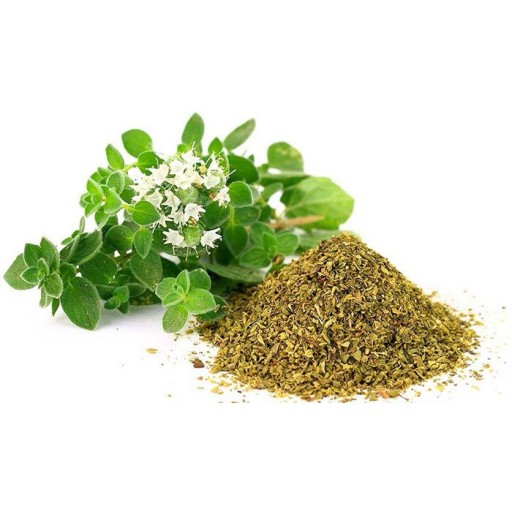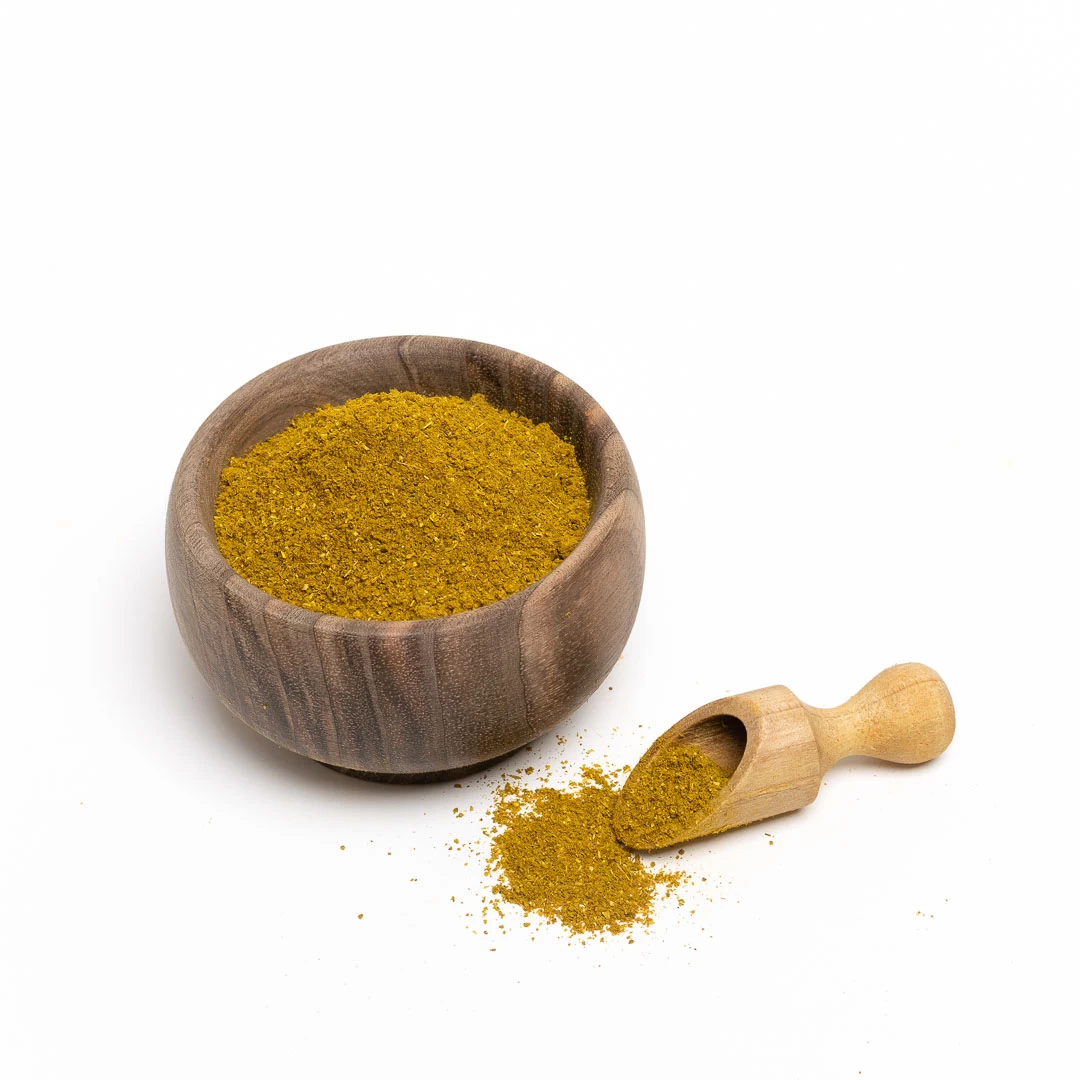Spicery
Spices are an integral part of culinary traditions around the world. They are derived from various parts of plants, such as the bark, seeds, roots, or fruits, and are used to enhance the flavor, aroma, and color of food.
Spices have been used for thousands of years, both for culinary purposes and for their medicinal properties.
Here are some popular spices and a brief description of their characteristics and uses:
1. Cinnamon: Cinnamon is obtained from the inner bark of trees belonging to the Cinnamomum genus. It has a warm, sweet flavor and a distinctive aroma. Cinnamon is commonly used in baking, desserts, and beverages like hot chocolate .
2. Turmeric: Turmeric is a bright yellow spice commonly used in Indian and Southeast Asian cuisines. It has a slightly bitter, earthy flavor and is known for its vibrant color. Turmeric is a key ingredient in curry powders and is also used as a natural food coloring.
3. Paprika: Paprika is made from ground dried peppers, and it comes in various flavors and heat levels, ranging from mild to hot. It is widely used in Hungarian, Spanish, and Mediterranean cuisines. Paprika adds a rich, sweet, and slightly smoky flavor to dishes.
4. Cumin: Cumin seeds have a warm, earthy, and slightly nutty flavor. They are commonly used in Mexican, Middle Eastern, and Indian cuisines. Ground cumin is a key ingredient in spice blends like curry powder and chili powder.
5. Ginger: Ginger has a spicy, pungent flavor and a warm aroma. It is used in both sweet and savory dishes and is a common ingredient in Asian cuisine. Ginger can be used fresh, dried, or ground and is known for its digestive and anti-inflammatory properties.
6. Black Pepper: Black pepper is one of the most widely used spices. It has a sharp, pungent flavor and a spicy aroma. Black pepper is used to season a variety of dishes and is often paired with salt. It is also available in whole peppercorns or ground form.
7. Nutmeg: Nutmeg is a warm and aromatic spice with a sweet, nutty flavor. It is commonly used in baking, as well as in savory dishes like soups, sauces, and spice blends. Nutmeg is often grated fresh for the best flavor.
8. Cloves: Cloves have a strong, sweet, and slightly spicy flavor with a distinct aroma. They are often used in both sweet and savory dishes, such as baked goods, curries, and mulled beverages. Cloves are also used in pickling and can be found in spice blends like garam masala.

These are just a few examples of the wide variety of spices available. Each spice has its own unique flavor profile and culinary uses, and they can greatly enhance the taste of a dish when used in the right proportions. Experimenting with different spices can add depth and complexity to your cooking, allowing you to explore and enjoy a world of flavors.
Spices are used in a wide range of foods, beverages, and products. Here are some examples of how different spices are incorporated:
1. Cinnamon:
- Baked goods: Cinnamon is commonly used in cakes, cookies, pastries, and bread.
- Hot beverages: It is added to coffee, tea, hot chocolate, and spiced cider.
- Desserts: Cinnamon is often used in puddings, pies, and fruit-based desserts.
2. Turmeric:
- Curry dishes: Turmeric is a key ingredient in curry powders used in various Indian and Southeast Asian dishes.
- Rice and grain dishes: It is often added to rice, pilaf, and biryani for both flavor and color.
- Sauces and dressings: Turmeric can be used to add a golden hue and subtle flavor to sauces and dressings.
3. Paprika:
- Hungarian dishes: Paprika is a staple spice in Hungarian cuisine, used in dishes like goulash and paprikash.
- Spanish cuisine: It is used in traditional Spanish dishes like paella and chorizo.
- Seasoning: Paprika is often used to add color and flavor to roasted meats, grilled vegetables, and stews.
4. Cumin:
- Mexican cuisine: Cumin is a common spice in Mexican dishes such as tacos, chili, and enchiladas.
- Middle Eastern cuisine: It is used in dishes like hummus, falafel, and spice blends like za'atar.
- Indian cuisine: Cumin is an essential spice in Indian curries, spice blends like garam masala, and various lentil and rice dishes.
5. Ginger:
- Asian cuisine: Ginger is widely used in Asian dishes like stir-fries, curries, and soups.
- Baked goods: It is added to gingerbread cookies, cakes, and ginger snaps.
- Beverages: Ginger is used in teas, cocktails, and ginger ale.
6. Black Pepper:
- Seasoning: Black pepper is used as a common table spice to enhance the flavor of various savory dishes.
- Marinades and rubs: It is often used in marinades for meats and in dry rubs for grilling or roasting.
- Salad dressings: Black pepper adds a zesty kick to salad dressings and vinaigrettes.
7. Nutmeg:
- Baking: Nutmeg is used in cakes, cookies, pies, and custards.
- Creamy sauces: It can be added to creamy pasta sauces, béchamel sauce, and white sauces.
- Eggnog and spiced beverages: Nutmeg is a classic ingredient in eggnog and spiced winter drinks.
8. Cloves:
- Baked goods: Cloves are used in gingerbread, fruitcakes, and spiced bread.
- Pickling: They are commonly used in pickling recipes for added flavor.
- Mulled beverages: Cloves are a key spice in mulled wine, cider, and spiced teas.

These are just a few examples, and spices can be found in a wide range of cuisines and food products worldwide. Their uses are diverse and can vary depending on regional culinary traditions and personal preferences.

- Baked goods: Cinnamon is commonly used in cakes, cookies, pastries, and bread.
- Hot beverages: It is added to coffee, tea, hot chocolate, and spiced cider.
- Desserts: Cinnamon is often used in puddings, pies, and fruit-based desserts.
- Curry dishes: Turmeric is a key ingredient in curry powders used in various Indian and Southeast Asian dishes.
- Rice and grain dishes: It is often added to rice, pilaf, and biryani for both flavor and color.
- Sauces and dressings: Turmeric can be used to add a golden hue and subtle flavor to sauces and dressings.
- Hungarian dishes: Paprika is a staple spice in Hungarian cuisine, used in dishes like goulash and paprikash.
- Spanish cuisine: It is used in traditional Spanish dishes like paella and chorizo.
- Seasoning: Paprika is often used to add color and flavor to roasted meats, grilled vegetables, and stews.
- Mexican cuisine: Cumin is a common spice in Mexican dishes such as tacos, chili, and enchiladas.
- Middle Eastern cuisine: It is used in dishes like hummus, falafel, and spice blends like za'atar.
- Indian cuisine: Cumin is an essential spice in Indian curries, spice blends like garam masala, and various lentil and rice dishes.
- Asian cuisine: Ginger is widely used in Asian dishes like stir-fries, curries, and soups.
- Baked goods: It is added to gingerbread cookies, cakes, and ginger snaps.
- Beverages: Ginger is used in teas, cocktails, and ginger ale.
- Seasoning: Black pepper is used as a common table spice to enhance the flavor of various savory dishes.
- Marinades and rubs: It is often used in marinades for meats and in dry rubs for grilling or roasting.
- Salad dressings: Black pepper adds a zesty kick to salad dressings and vinaigrettes.
- Baking: Nutmeg is used in cakes, cookies, pies, and custards.
- Creamy sauces: It can be added to creamy pasta sauces, béchamel sauce, and white sauces.
- Eggnog and spiced beverages: Nutmeg is a classic ingredient in eggnog and spiced winter drinks.
- Baked goods: Cloves are used in gingerbread, fruitcakes, and spiced bread.
- Pickling: They are commonly used in pickling recipes for added flavor.
- Mulled beverages: Cloves are a key spice in mulled wine, cider, and spiced teas.

FAQs
What are some common spices used in Indian cuisine and how do they contribute to the flavors of traditional dishes?
Common spices used in Indian cuisine include turmeric, cumin, coriander, cardamom, cinnamon, and cloves. They add vibrant colors and flavors to dishes, such as turmeric's earthy taste, cumin's nutty notes, coriander's citrusy touch, cardamom's sweet and spicy essence, cinnamon's warm sweetness, and cloves' strong and aromatic flavor. These spices are skillfully blended to create the rich and complex tastes found in traditional Indian dishes.
How can spices be used to add depth and complexity to savory dishes like stews, soups, and marinades?
Spices add depth and complexity to savory dishes by enhancing flavors, balancing taste, creating aromatics, and building layers of heat. They transform simple dishes into culinary delights, infusing them with a tantalizing array of flavors.
What are some lesser-known spices that are worth exploring and incorporating into cooking?
Sumac (tangy lemon flavor), Saffron (floral and colorful), Fenugreek (slightly bitter and nutty), Za'atar (Middle Eastern blend), Star Anise (licorice-like), Aleppo Pepper (fruity and moderate spice), Grains of Paradise (peppery citrus), Asafoetida (umami substitute).
Are there any health benefits associated with consuming certain spices, and if so, which ones and what are their potential advantages?
Certain spices offer potential health benefits: - Turmeric: Anti-inflammatory properties. - Cinnamon: May regulate blood sugar levels. - Ginger: Anti-nausea and anti-inflammatory effects. - Garlic: Potential cardiovascular and immune benefits. - Chili Peppers: Weight management and pain relief. - Cumin: Antioxidant and anti-inflammatory properties. - Cloves: Antioxidant and antimicrobial properties. - Cardamom: Digestive improvement and inflammation reduction.
 +7929688-88-14
+7929688-88-14

 English
English
 Persian
Persian
 Russian
Russian
 Chinese
Chinese


 +7929688-88-14
+7929688-88-14



